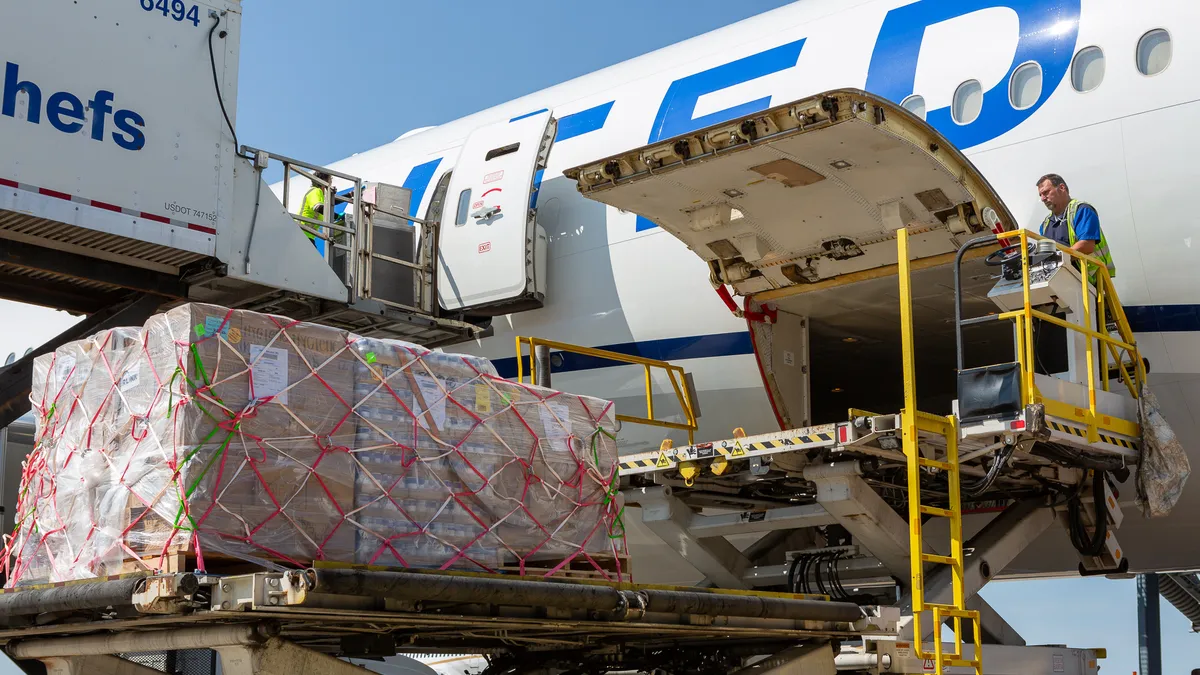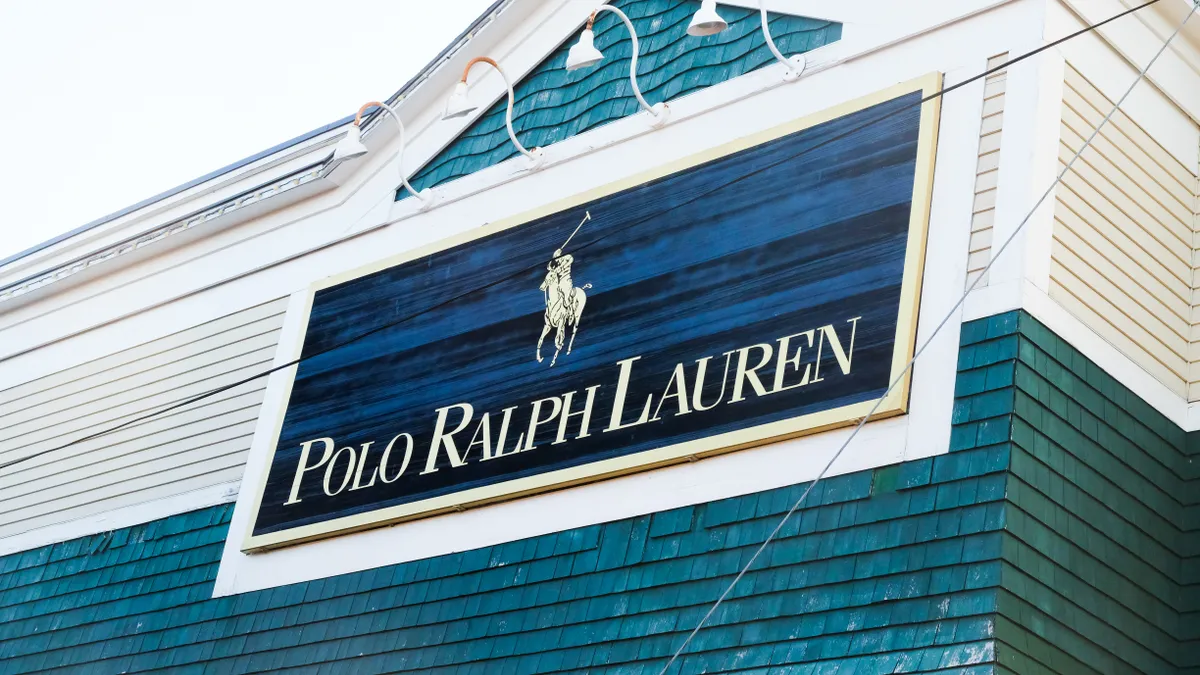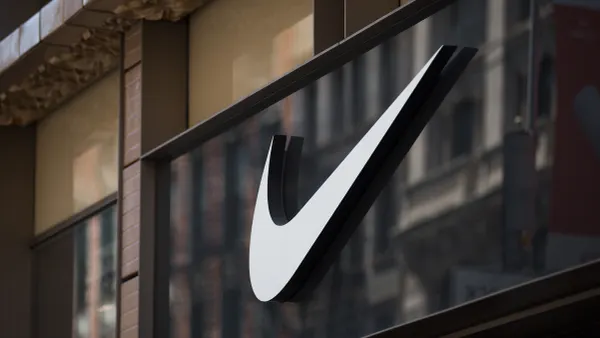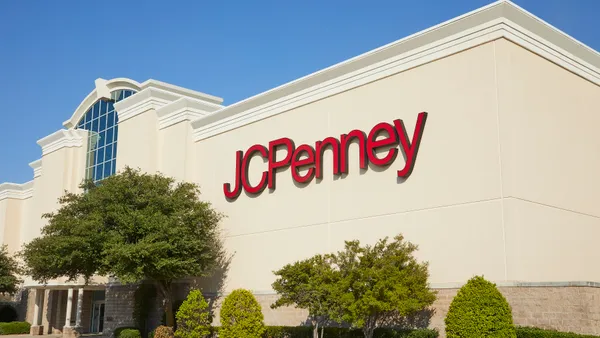Dive Brief:
- Dick's Sporting Goods' store network fulfilled 70% of its online orders in Q4, CEO Lauren Hobart said on the company's most recent earnings call.
- Dick's estimated delivery time decreased by 10% over the course of fiscal 2020. The retailer's shipping costs increased for the quarter due to surcharges and an uptick in volume. Its cost of goods sold — which includes shipping, freight and distribution, along with the cost of the merchandise — was up nearly 11% YoY for the quarter.
- But the increased shipping cost was offset by customers buying more at checkout and the increased use of offerings like curbside pickup, CFO Lee Belitsky said.
Dive Insight:
As Dick's and other retailers adjust to increased demand through digital channels, they are choosing to rely on supply chain strategies that place stores in the middle of fulfillment models.
"Our stores are the hub of our omnichannel experience," Hobart said in November in the role of president. "They serve our in-store athletes, while also providing over 800 forward points of distribution for digital fulfillment."
This fulfillment network is having to keep up with a substantial increase in demand. Dick's e-commerce sales rose 100% in fiscal 2020, according to the company's financial release.
And this has become a more common theme across retail. Lowe's fulfilled 60% of its online orders from stores while facing a 121% YoY increase in online sales in Q4 2020. And Target fulfilled 95% of its orders from stores in Q4 while experiencing a 118% YoY increase in digital sales.
Target is even expanding its store-based model with sortation centers that will bring in orders fulfilled by stores to be divided into different delivery routes for partner carriers that will then complete the last mile of delivery.
Retailers argue that the store-based model allows inventory to be more productive, as it can be sold through any omnichannel offering.
"We could just as easily have constructed additional fulfillment centers and driven the shift to digital sales with more ship-to-home capacity," Target CEO CEO Brian Cornell said this month. "But, as you know, the economics were terrible, and we wouldn't have been differentiated. In short, we didn't see the textbook solution as scalable, or as likely to do what we've done."
But this also assumes that the inventory is available. Dick's did struggle with its inventory levels in the most recent quarter.
"Our quarter-end inventory levels decreased 11% compared to the end of the same period last year," Belitsky said. "Looking ahead, our inventory is very clean, and we'll continue to chase product to improve our in-stock positions in the most in-demand categories."
Foot Locker recently said that a 24% drop in inventory was partially the result of port congestion. But Dick's said its situation is different.
"Our inventories are a little bit lower than we would like them to be," Belitsky said Tuesday. "We were a little bit constrained in the fourth quarter. Not so much to do with port delays, but due to some categories of merchandise not being manufactured as highly as we would have liked. But we don't anticipate that being a significant impediment to our business."
Manufacturers have been dealing with slow supplier deliveries for months now as a result of strained labor availability due to the pandemic and tight supply chain capacity.














